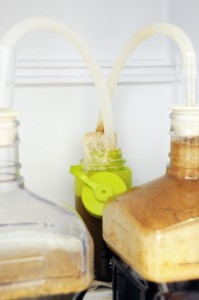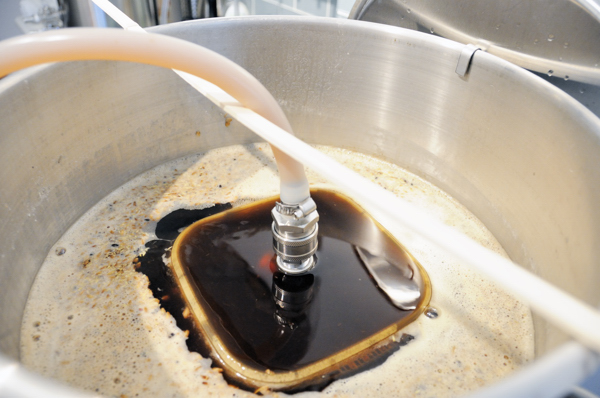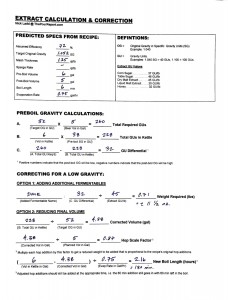I find great value in the BJCP (Beer Judge Certification Program). Their mission of providing both a standard to judge beers against and qualified judges to evaluate those beers is a worthwhile endeavor. While many home brewers quip at the thought of ‘brewing to style’ the truth is that the BJCP’s standards bring objectivity and order to the fundamentally subjective task of judging a beer. Love it or hate, I firmly believe it is a necessity if we want to try and objectively evaluate beers in a competition format. While I believe that some of the guidelines are perhaps outdated and not comprehensive enough to represent the contemporary brewing landscape, I certainly appreciate the order and subjectivity the guidelines provide.
The BJCP utilizes a three tiered exam approach. The Entrance Exam is a fairly difficult multiple-choice online exam. The questions are drawn from a broad knowledge base covering brewing processes, science, and individual beer styles. Upon successful competition of the Entrance Exam you become a provisional BJCP judge which qualifies you to take the Judging Exam.
This past July I sat for the BJCP Judging Exam. Successfully passing this test qualifies you as a ‘Recognized’ or ‘Certified’ BJCP judge, depending on your score and number of experience points you’ve accrued judging beer competitions. The judging exam consists of blindly tasting and scoring six different beers. You are given the base style of the beer in front of you and then left to analyze the beer and describe what you are perceiving in the beer and how well it matches the style guideline. This can be an intimidating task given how little information you’re given about the beer and the limited time in which you must evaluate the beer. That being said, being confident in what you are perceiving and accurately describing it on the scoresheet gives you a solid chance of successfully passing the test. Your scoresheets are judged against the scoresheets from the proctors (Nationally-ranked judges) who take the same test along side you.
The results from my judging exam are in; I’m happy to say that I scored an 80 on my exam and am now a ‘Recognized’ BJCP judge. Once I accrue a few more judging experience points, I’ll be a ‘Certified’ judge.
All in all, I am very satisfied with my score, and the entire testing process. An 80 is a high score meaning that my tasting capabilities are at a ‘National’ judge level. Once I’ve accumulated more judging experience points, I’ll be qualified to take the BJCP Written Proficiency Exam and hopefully bump my overall rank up to the ‘National’ level.
I’ve judged many competitions in the past as a non-BJCP judge and I feel like passing the test in some ways validates my tasting and judging capabilities. Additionally, I was quite blown away by the amount of feedback I received from those that scored my exam. For those curious, I’ve scanned and uploaded the feedback sheets I received from the exam. You can download them here (if you’re curious about that sort of thing).




